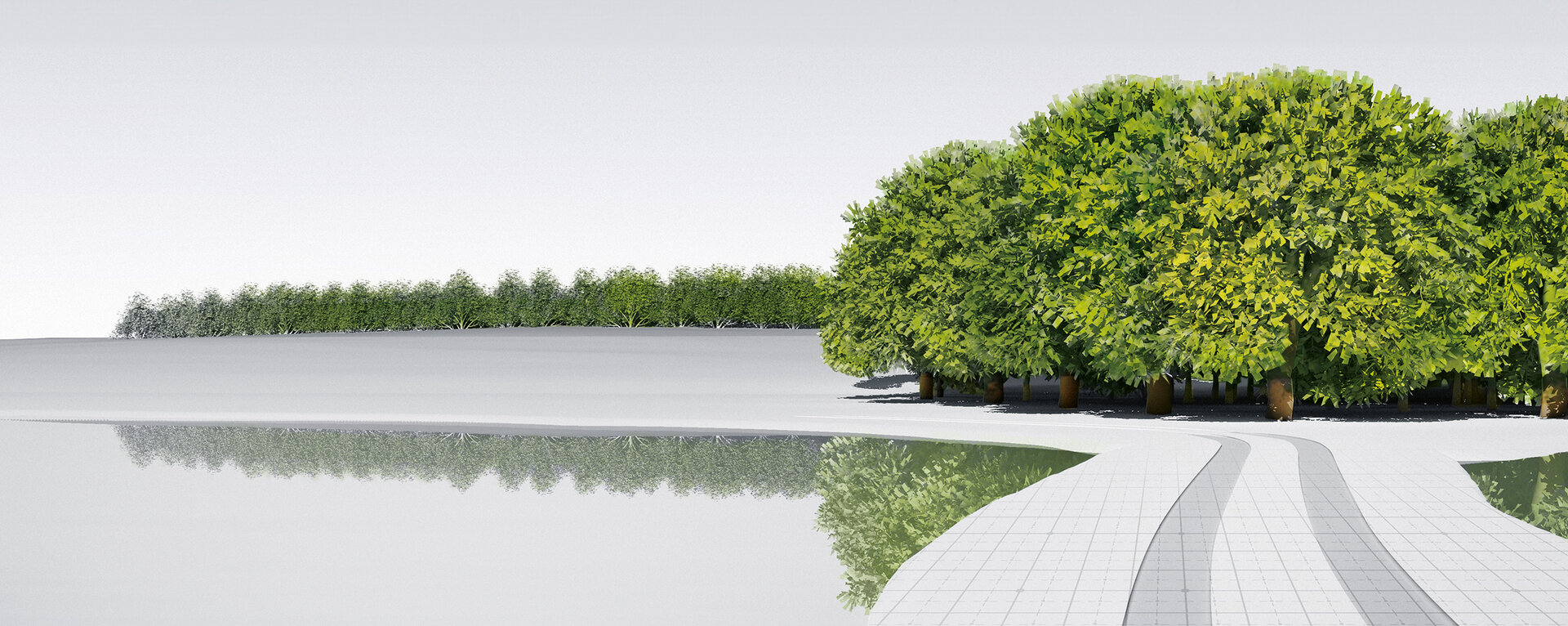Dipl.-Ing. Astrid Onkelbach, MSc
Head of Marketing and Product Management
REMEX GmbH
T +49 211 17160-195
E-Mail
Search
Company locations
The whole picture – with just a single click. Find out here where our branches are located, what services they offer and how to contact them.
REMONDIS Group locations
Discover the world of REMONDIS with its approx. 900 branches and associated companies in over 30 countries across Europe, Africa, Asia and Australia.
Sustainable management of valuable resources
I the discussions about environmental and climate protection, the benefits of recycling are often underestimated: its positive effects on the ecological footprint are immense. Recycling and banning the disposal of untreated waste are among the most effective means of combating global warming and the mismanagement of resources.
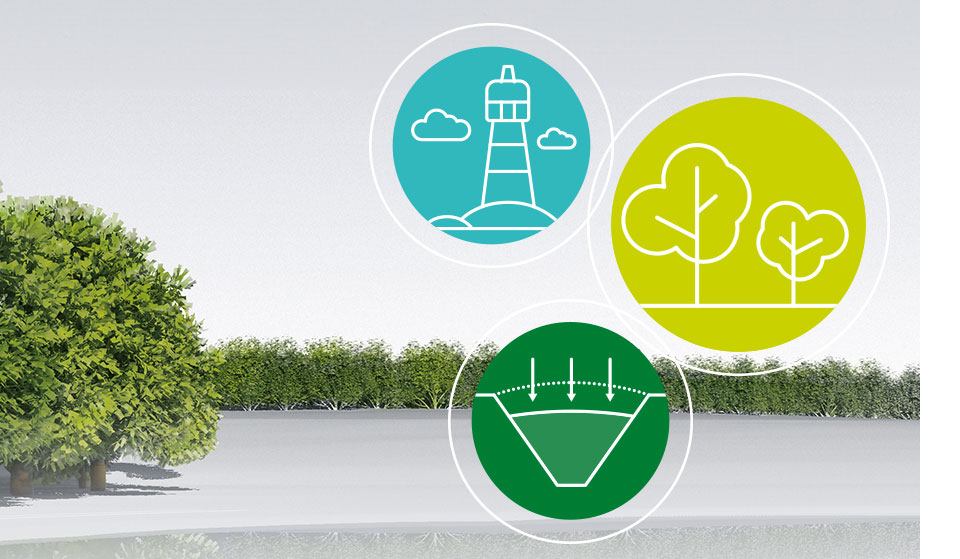
Our environmental contribution
In principle, the calculation of nature and resource conservation resulting from the use of substitute construction materials is easily explained. REMEX calculates the contribution to environmental protection based on its own production data. more
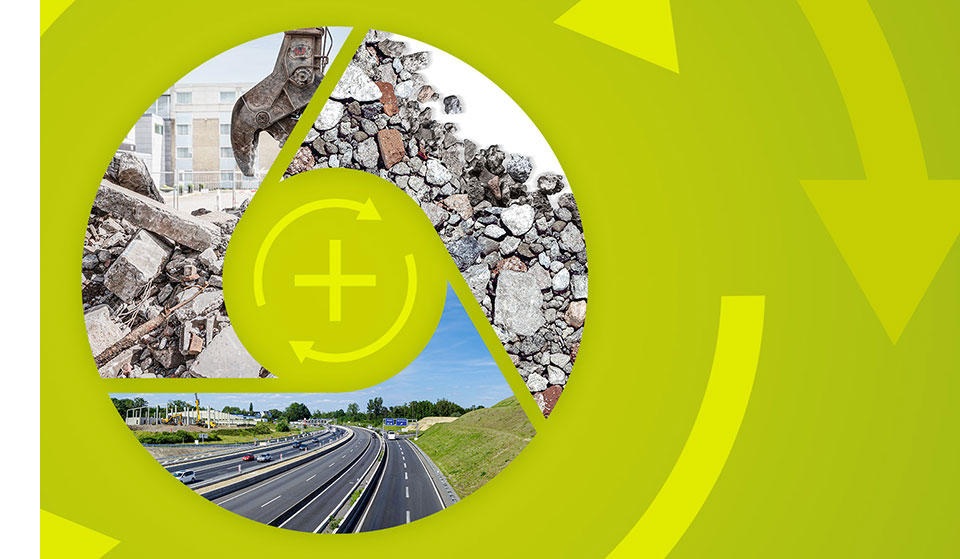
Construction material recycling as a global solution
The utilisation of the largest global waste streams, soil, construction waste and incinerator bottom ash, offers a viable alternative to the extraction of sand and gravel and provides significant potential for the protection of natural resources. A further advantage of mineral recycling is the recovery of recycled metals and the associated reduction in carbon emissions. more

German Sustainability Award
The German Sustainability Award is presented once a year by the German Sustainability Award Foundation. We are proud to be among the companies whose contribution to environmental protection has been honoured several times by the jury.
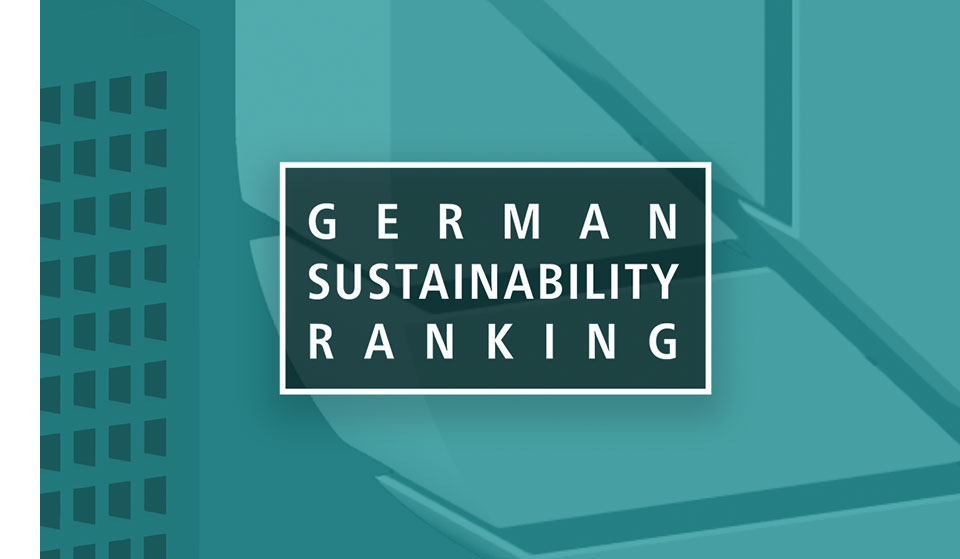
Ranking among the most sustainable medium-sized companies
On two occasions, REMEX GmbH has been selected as one of the most sustainable medium-sized companies in Germany. The ranking is based on an analysis by the consultancy Munich Strategy, which examined the sustainability activities of 4,000 medium-sized companies.
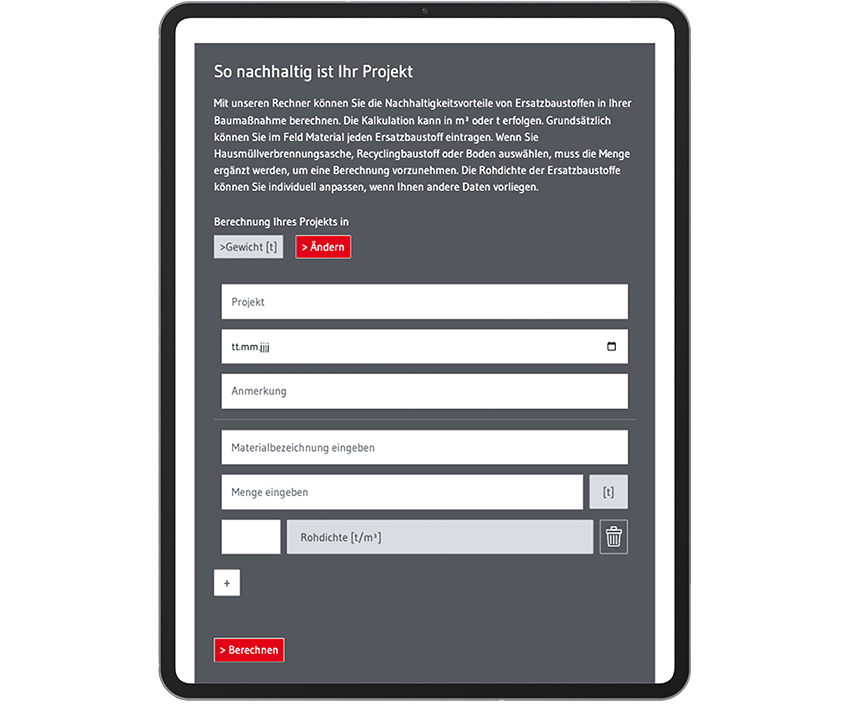
Do you work with secondary aggregates? Then it's easy to calculate your contribution to environmental protection. Simply use our sustainability calculator!
Would you like to find out more about our sustainability initiatives or do you have any suggestions? Please feel free to contact us!
